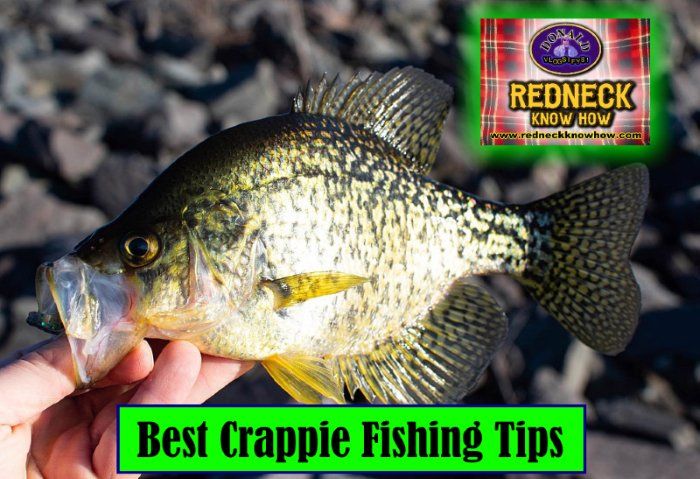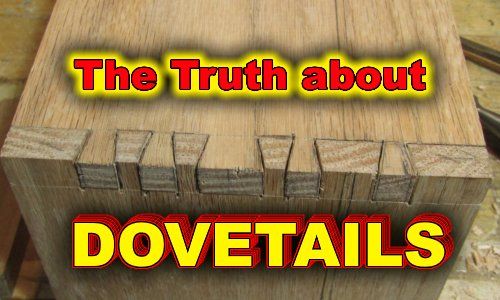Still Hunting Deer From the Ground
Web DevObal • June 7, 2015
There are a lot of areas where working a climbing deer stand or other such tree stands and remaining un-noticed by the deer is near impossible.
Back in the day Bow hunting for deer was a far different thing than it is now. There was no specific season for bow hunters. They went into the woods for deer along with the hunters who used firearms. And both bow hunters and firearm hunters were on foot.
With the exception of those hunters that nailed some 2x4's to a tree and added a pallet to make a tree stand or used some other self-made platform. Still Hunting know-how was a must. And that's the way you had to hunt before the advent of screw in steps, climbing deer stands, and other such products came along and changed deer hunting forever.
Sometimes I like to get back to basics though. Maybe I'm getting old, but sometimes I just don't feel like dragging that bulky deer stand into the woods to deer hunt. And they take away the pleasure of just walking through the woods. Plus my knees have never been the best for climbing into deer stands to begin with. And while tree stands are effective, deer stands are not a sure bet for producing deer kills, and often can be counterproductive for bow hunting. There are a lot of areas where working a climbing deer stand or other such tree stands and remaining un-noticed by the deer is near impossible.
So what's left? How can you hunt deer without a stand and not run dogs? The answer is still hunting from the ground. This is when we need to get back to basics and hunt like our fathers and grandfathers did. On foot. It can be done, or we likely wouldn't be here to carry on the hunting traditions of our forefathers as many of them would have starved out long ago. You have to be quit and even more aware of your sent and which way the wind is carrying it. But many a deer have been taken by this method of deer hunting.
First, you'll need to think of protection from the insects while still hunting. You'll be standing still and not moving for periods of time, swatting mosquitos and flies, and picking ticks off of yourself can be very annoying and counterproductive to a deer hunter. Luckily we have products to reduce if not eliminate this problem that the old timers didn't have. You'll want to spray your clothing with Permethrin Spray Tick Repellent. This product is odorless, and bonds to the fabric retaining it's effectiveness through several washings.
Then there is your scent that you must minimize. And even more important when still hunting on the ground than it is when hunting from a tree stand. There are several products for this such as the Scent-A-Way MAX Fresh Earth Scent Control Kit by Hunter's Specialties
. But you will never completely eliminate the human scent. So when you're Still Hunting from the ground, make sure to stay downwind from the deer. And never cross any trails that the deer are using on your way to your natural blind. Avoid getting attracting scents on your feet. This will lead the deer right to you. The deer are too alert when following these scent trails and will spot the slightest movement you make. So as soon as you start drawing back to take a shot, it's likely the deer will spot you and take off before you get to half draw. Avoid using deer attractants near your blind for the same reason.
Now you'll need to conceal yourself and defeat the deer's vision. This can be another difficult task while Still-Hunting on the ground. Deer are likely to spot a broken tree branch that was not broken before and bolt far out of bow range. You should avoid making any fast movements. Simply turning your head can alert a deer to your presence. It's a good idea to avoid caffeine for a day or so before you ground hunt as any nervous impatient movements will cost you a deer. A turkey hunter can easily tell you how still you have to be.
A person that can't stay still for hours on end may want to think about a fabric blind instead of trying to hide yourself in the brush around you while Still Hunting on the ground. But these have draw backs. I find them much less effective than using natural surrounding cover. The fabric may shine and flap in the wind, and the poles often make un-natural noises. So it is necessary to set these blinds up before you Still Hunt on the ground several weeks before hunting them. The deer will have to get use to them and accept them as part of their environment.
Some other tips for Still Hunting on the ground are to make sure you cover your face with a camo net as well as cover your hands with camo as well as your body. A pocket sized pruning sheer will come in handy for making a ground blind from the natural cover in some circumstances. And wait to draw your bow when the deer are looking the other way. I hope these tips help you have a successful experience Still-Hunting on the ground. And please visit my sponsors, all of which carry great products to make your hunt better.
Redneck Know How Blog

Every fisherman has his or her own favorite techniques to catch this beloved fish. Why is crappie, (or pomoxis, if you want to get scientific), are so beloved? Well, they give one heck of a fight when caught. A 2 lb. crappie can put up a fight to rival a bass of larger size. So catching them is fun. There is also the taste factor. Fried crappie tastes great.

Everybody seems to be in love with dovetails these days. Myself included. They look nice, feel nice, and they make the woodworker feel an overwhelming since of pride when he makes tight and even. Especially the hand cut dovetails. Dovetail joints can be produced with power tools. And there are dovetail jigs you can buy and make. It makes getting precise dovetails with no gaps a lot easier. But nothing feels more satisfying than finally getting hand cut dovetails tight and gap free. And for the record, I use the term, “gap free”, very loosely. I’d wager that even the best woodworker gets gaps in their dovetails no matter how hard they try. Maybe not as many as us new to middlin’ woodworkers, and certainly not as noticeable, but there are gaps in their dovetails. Nowadays, people use dovetails not only as a joint, but as decoration. A showpiece if you will to show off the craftsmanship of the woodworker. But the reality is that they were not originally meant to be pretty. They were utilized to hold pieces that were heavily used together. Such as drawers or other parts of furniture and other items that were constantly pulled or tugged on. In the example below, you can see how the angles of the dovetails will keep the joint from coming apart during the tugging of the drawer when opening it. This part of the joint is where the dovetail joint get’s it’s name. Often when used on boxes, the orientation of those angles are switched around, placing them on the front of the box as a decoration, and the pins of the joint is put on the side. Great for looks, not so great for function. Of course for most smaller boxes, the function of the dovetail really isn’t needed and using dovetails for looks is fine and an anesthetically pleasing way to show off craftsmanship. But let’s not give up on using the dovetail joint for utilitarian purposes when building boxes too quickly. They can be a great way to join a bottom to a box that will be holding heavier stuff, such as tool boxes. The angle of the dovetails can manage the stresses of carrying heavier items such as tools if you wish to maintain a *NO screws or nails* policy on your woodworking projects. Or you can use the dovetail joint along with screws for extra protection against the bottom dropping out. So the purpose of the dovetail is a lot more than to just make your woodworking look good. In fact, long ago, they were hidden. Simply a way to join parts and give them the strength to do what the item was meant to do, and be hidden when the drawer was closed. Using the dovetail joint for decoration is a modern thing. Which I have nothing against. I love to show off dovetails I’ve made nearly perfect. Well, in my eyes anyway. Roy Underhill and Paul Sellers would likely just look at them and grin, maybe chuckle at me being so proud of something so far from the skill level they have achieved.










